How to become a belly dancer
Belly Dancer - Salary, How to Become, Job Description & Best Schools
How to Become a
The complete career guide to be a Belly Dancer: salary, job growth, employers, best schools, and education you may need to get started.
Why We Love It
-
4.6%
Job Growth Rate
-
Growing Demand
Job Outlook
-
Creativity Focused
Career Attribute
-
Flexible Hours
Career Attribute
Belly dancers perform in shows and restaurants, and at events and private parties. They are experts in the art of Middle Eastern dance and can perform in both classical and modern styles. Professional belly dancers are also business people who market their talents to make money doing what they love.
What is a Belly Dancer?
The following job responsibilities are common for individuals in belly dancer roles:
- Belly dance for crowds of people as part of event entertainment or formal productions
- Perform both classical and modern belly dancing moves
- Market dancing services in multiple ways to find new gigs and attract interest
- Keep formal records of business activities, profits, and expenditures
- Dance for long periods without becoming winded and while smiling
A Day in the Life
There are few employers who hire full-time belly dancers, so most professional belly dancers are self-employed. Because of this, aspiring belly dancers should be both proficient at dancing in Middle Eastern styles and educated on running a business. While professional belly dancers spend a lot of time practicing, performing, and teaching, they also spend a lot of time marketing their services, running their businesses, negotiating pay for gigs, and organizing business files and documentation.
While professional belly dancers spend a lot of time practicing, performing, and teaching, they also spend a lot of time marketing their services, running their businesses, negotiating pay for gigs, and organizing business files and documentation.
Professional belly dancers earn money through a variety of ways. At times, they may perform in major venues as part of concerts and other formal productions. They may perform for celebrities, or secure roles dancing in movies or television shows. However, these opportunities are not always available, so professional belly dancers also secure smaller gigs performing in restaurants, for birthday parties, or for local events. Many professional belly dancers also teach belly dancing lessons to earn additional income.
Aside from running their business and performing, professional belly dancers spend a lot of their time practicing. To stay competitive, they need to stay in shape, be able to perform a variety of styles, and execute routines perfectly. When performing, belly dancers are required to dance for long periods of time without getting winded and while maintaining a smile. The best belly dancers spend a significant amount of time practicing in order to perfect their craft.
When performing, belly dancers are required to dance for long periods of time without getting winded and while maintaining a smile. The best belly dancers spend a significant amount of time practicing in order to perfect their craft.
Typical Work Schedule
Most professional belly dancers set their own hours and can choose when they want to work. They can work either part- or full-time and may be required to work any number of shifts—during the day, in the evening, or on weekends.
Typical Employers
Most belly dancers are self-employed. They run their own businesses and take on clients to earn money from performances. Some may also own dance studios and offer belly dancing or fitness classes.
How To Become a Belly Dancer
No formal higher education is required to become a belly dancer. Many professional belly dancers train in small dance studios or under the guidance of a mentor. While some start dancing at a young age, many others pick the style up as adults and practice, train, and perform for years before becoming successful. Others train in the Middle East in order to learn the style directly from the source.
Others train in the Middle East in order to learn the style directly from the source.
While excelling as a belly dancer may be more about talent, practice, and dedication, excelling as a professional belly dancer has a lot more to do with your business acumen than your dancing abilities. For this reason, many professional belly dancers find that they benefit from pursuing college degrees that offer business and marketing courses. Some pursue bachelor’s degree in dance, theater, or fine arts and take business and marketing classes on the side, while others pursue associate’s or bachelor’s degrees in business and/or marketing.
An education in business and marketing can help professional belly dancers achieve more success in their careers because it teaches them how to run a business, how to maintain the proper documentation, and how to market their services to increase engagements. This knowledge can be critical if you plan to manage your own belly dancing business or own/operate a belly dancing studio.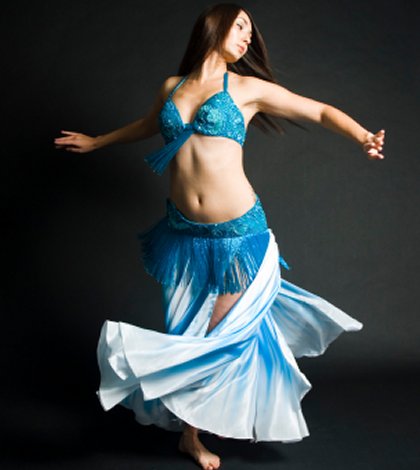
Belly Dancer Salary Data
We’ve provided you the following to learn more about this career. The salary and growth data on this page comes from recently published Bureau of Labor Statistics data while the recommendations and editorial content are based on our research.
National Anual Salary
Low Range
---Average
---High Range
---National Hourly Wage
Low Range
$9/hrAverage
$18/hrHigh Range
$33/hrHow do Belly Dancer salaries stack up to other jobs across the country? Based on the latest jobs data nationwide, Belly Dancer's can make an average annual salary of ---, or $18 per hour. This makes it an Above Average Salary. On the lower end, they can make --- or $9 per hour, perhaps when just starting out or based on the state you live in.
This makes it an Above Average Salary. On the lower end, they can make --- or $9 per hour, perhaps when just starting out or based on the state you live in.
Salary Rankings And Facts
Highest Education Among Belly Dancers
- 0.5% Doctorate
- 4.3% Masters
- 17% Bachelors
- 10.6% Associates
- 29% College
- 26.7% High School
- 11.9% Less than High School
Job Growth Projections and Forecast
2014 Total Jobs
13,0002024 Est. Jobs
13,600Job Growth Rate
4.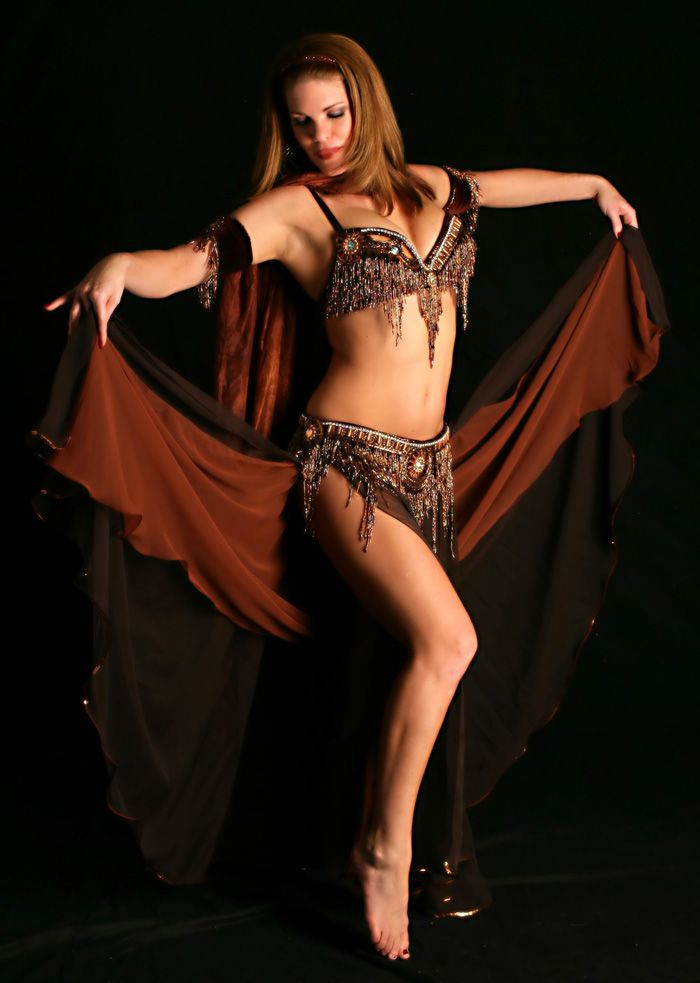 6%
6% Est. New Jobs
600How does Belly Dancer job growth stack up to other jobs across the country? By 2024, there will be a change of 600 jobs for a total of 13,600 people employed in the career nationwide. This is a 4.6% change in growth over the next ten years, giving the career a growth rate nationwide of Below Average.
Growth Rankings And Facts
What Companies Employ The Most Belly Dancers
| Industry | Current Jobs | New Jobs Needed | % Increase |
|---|---|---|---|
| Self-employed workers | 2,000 | 100 | 0% |
| Drinking places (alcoholic beverages) | 1,700 | --- | --- |
| Other schools and instruction; private | 900 | 200 | 0% |
Want To Be a Belly Dancer? Get Started!
Generate your free SmartPlan™ to identify colleges you like, and potential ways to save on a degree or certification program toward your career with courses, offers, and much more!
Enroll Now and Get Started
or Learn More →
Becoming a Professional Belly Dancer
Are you thinking about "going pro"? Or do you already have a few paid gigs under your (beautifully beaded) belt, but realize you got into this a bit unprepared? Here are my top ten recommendations for you. (I'm assuming you don't have an amazing teacher who has already prepped you appropriately. Lucky for you, if you do!!!!) If the thought of dancing professionally brings up thoughts of $$$$$, then skip to #10.
(I'm assuming you don't have an amazing teacher who has already prepped you appropriately. Lucky for you, if you do!!!!) If the thought of dancing professionally brings up thoughts of $$$$$, then skip to #10.
Just to get this out of the way - If you have taken less than a year of belly dance classes, get back to class. You aren't ready. How much longer should you take classes? Keep reading . . .
1. Find a mentor and schedule some how-to-be-a-professional private lessons immediately. Yes, private lessons are not inexpensive, but it's important to make this investment. Even if you have been dancing for a long time, that doesn't mean you are prepared for professional gigs. Not sure where to look? Ask for recommendations from other dancers. Don't have anyone in your area that qualifies? Seek out an online mentor. Your mentor should be supportive, but honest. Ask for guidance about professional rates, undercutting (preventing it, not doing it!), handling an audience (including receiving tips), working at restaurants, booking private parties, and how to structure a 15-20 minute set. Arrange for video critiques.
Arrange for video critiques.
If finding a mentor seems impossible, at least become connected with dancers all over the world through various internet groups (Biz of Belly Dance on Facebook). Read through as much as you can, then ask for guidance. You can even glean many helpful tips from Michelle Joyce's "Secrets of the Stage" DVDs (there are three).
2. Do an honest self-assessment of your skills. Are you able to perform with a veil? Finger cymbals? Cane? Sword (or other balancing prop)? Can you dance to Oriental entrance music, traditional dance classics*, baladi, Saidi, drum solos, and pop music in the manner that each genre suggests? Are you able to dance continuously for at least 20 minutes without becoming winded, while smiling and looking glamorous? This thread on Bhuz.com has some great suggestions for restaurant gig preparation. Film yourself dancing for at least ten minutes, in costume, and watch it carefully and honestly. (Now do it again with people walking through your dance space, preferably while carrying trays of food or drinks, and other obstacles such as a toddler who wants to dance with you and an oil spot on the floor. Ha!)
Ha!)
3. Learn as much as you can about Middle Eastern music. We can't do this job without it! Not only that, but musical knowledge is essential for structuring engaging performance sets with authenticity and variety. Shems has put together incredibly helpful information about the various parts of a performance.
4. Purchase at least two professional quality costumes and adjust them to fit you perfectly. Again, this is an investment in your new business venture. While the quality of your dancing, your business ethics, and ability to engage your audience are most important, you must look the part. Spend as much as you can afford, whether brand new or gently used. You don't have to spend $900 on a high-end designer costume, but the under-a-$100 items that pop up on eBay and elsewhere likely won't cut it. Select costumes that you LOVE to wear, flatter your figure, and are suitable for typical pro gigs such as restaurant performances and private parties. It's very important to make sure your costumes fit you as perfectly as possible. Gapping bra cups + skirts shifting or sliding down = looking unprofessional.
It's very important to make sure your costumes fit you as perfectly as possible. Gapping bra cups + skirts shifting or sliding down = looking unprofessional.
5. Educate yourself about the going rates for your area and charge accordingly. Samira Shuruk's "Rates by Region" page is an excellent resource.
6. Make connections with professional dancers and teachers in your area. Become friends on Facebook or through other social networks, support their events, and go to their gigs (tip them well, but DON'T dance for too long if they get you up during audience participation. I honestly don't care about this, but some dancers do.)
7. Establish a website, social media presence, and order professional business cards. There are so many inexpensive (or even free, but watch out for too many advertisements) options available for both. You'll want cards to leave with restaurant owners, give to customers, and connect with other dancers and you'll want someone searching your geographical area on the www to find you. You'll need photos for your cards and site. Use the best photo of yourself that you have that represents your performance style. If you can't afford a professional photo shoot, have a skilled friend take lots and lots of photos of you in full costume and make-up, either posed or during a performance.
You'll need photos for your cards and site. Use the best photo of yourself that you have that represents your performance style. If you can't afford a professional photo shoot, have a skilled friend take lots and lots of photos of you in full costume and make-up, either posed or during a performance.
A note about gig sites: I'm on the fence about these. They have become overrun with dancers who are undercutting and potential clients that really don't know what they're looking for and/or don't want to pay going rates. My advice is to participate in them cautiously and stick to your rates.
8. Read up on ethics for professional belly dancers. Suggested articles: Fair Rates (Samira Shuruk), Business Tips (Shira), Do's and Don't's (Schadia of Atlanta)
9. Set up a way to track your dance income & expenses. If you use an accountant for your taxes, consult him/her on the best method for this. Otherwise, log all income (even cash payments) and keep your receipts. If you want to call yourself a professional, you need to be honest with the IRS and keep everything legitimate. You'll probably be spending much of it on business expenses and will be eligible for deductions (speak with a tax professional about filing a Schedule C along with your 1040.)
If you want to call yourself a professional, you need to be honest with the IRS and keep everything legitimate. You'll probably be spending much of it on business expenses and will be eligible for deductions (speak with a tax professional about filing a Schedule C along with your 1040.)
10. Don't do this for the money. Seriously. I really mean it. To get started, you need to invest in costumes, veils, props, music, jewelry and other accessories, cover-ups, business cards, and make-up. This is going to run you a bare minimum of $600. (Remember, you have to spend money to make money.) It's going to take you more than one night's worth of gigs to recoup those expenses and by the time you do, you'll probably realize you need to spend more on higher-quality costumes that will withstand wear-and-tear of regular gigging and still hold their shine. Yes, there are dancers who can make at least a partial income from gigs, but they are in large cities with many restaurant & private party opportunities, usually teach several dance classes (or even fitness) a week, and are really, really GOOD. Plus they already have years of experience.
Plus they already have years of experience.
Well, think you still want to do this? Yes? Great. Then BE professional. It may take a while to get all your ducks in a row, but make it a priority before you seek out any (more) professional gigs. Walk the walk, talk the talk. Keep learning and growing. How we behave while calling ourselves professionals affects belly dancers all over the world. Sounds exaggerated, but it isn't. I'm trying to do my best to represent us well. I hope you'll do yours!
how to learn to dance Belly Dance at home
Mysterious, bewitching belly dance always attracts the attention of the audience. Guria the dancer leads them to an unknown land of unearthly beauty and heavenly delights. Every woman dreams of becoming the same charming for her man. This can be easily learned. After all, there is nothing complicated here - naturalness, emancipation, femininity and a little charm.
Material content:
- 1 History and origin of the direction
- 2 What is the belly dance
- 3 Types of Belly Dance
- 3.
 1 Arabic
1 Arabic - 3.2 Turkish
- 3.3 Egyptian
- 3.
- 4 Lessons for beginners
- 5 Where to purchase
Belly dance is as ancient as our human world itself, dance art. He came to us from the temple mysteries of India and Egypt, dedicated to the feminine energies of the universe. In the East, it was customary to perform this dance of life at weddings, but only in the female half of the house.
Today this bright, graceful and sensual dance is not only a colorful stage performance, but also one of the types of fitness.
Here are some interesting facts from its history:
- Belly dance can be not only female, but also male. This variety of it was already known in the Ottoman Empire. It still exists in both Turkey and Egypt.
- Stage belly dance appeared at the turn of the 19th and 20th centuries, when oriental dancers began to demonstrate their art on the stages of Europe and the USA.

- In the middle of the last century, Hollywood drew attention to belly dance, but its interpretation was seriously different from the original. However, professional dancers from the countries of the East supported the idea and included elements of the Western style in their arsenal.
Benefits of belly dancing
Belly dancing has a beneficial effect on the female body. Hip movements, especially shaking, help to relax tight muscles and tone the internal organs.
In fact, this is a kind of massage of the internal organs, which increases blood circulation in the pelvic area.
Watch this video on YouTube
And besides:
- This is a wonderful prevention of female diseases, elimination of adhesions, good preparation for childbirth.
- Belly dancing promotes the development of a beautiful and correct posture, prevents diseases of the spine.
- Dance promotes weight loss, helps in the fight against cellulite.
 The figure will become slimmer, more feminine, unwanted fat folds on the hips will gradually disappear. Since muscle tension in belly dance is combined with relaxation, excessive physical exertion is excluded. They do not always lead to weight loss, they only provoke a stressful state of the body, which can cause exacerbation of chronic diseases.
The figure will become slimmer, more feminine, unwanted fat folds on the hips will gradually disappear. Since muscle tension in belly dance is combined with relaxation, excessive physical exertion is excluded. They do not always lead to weight loss, they only provoke a stressful state of the body, which can cause exacerbation of chronic diseases. - Like any dance, this one makes the dancer breathe more actively, enriching the blood with oxygen. This trains the cardiovascular system and respiratory system.
- Pleasant smooth movements, the pleasure that the dancer receives from her creativity, enhance the mood. Gradually, psychological stress, insomnia disappear, the woman begins to feel calm, balanced. Self-confidence and own charm come.
- A woman acquires a flying gait, beautiful and precise gestures, grace. And not only on stage, but also in real life. The body begins to obey better and becomes flexible.
All this allows you to reveal your inner potential, to feel your feminine energy, to learn how to manage it.
However, belly dancing has its own contraindications:
- pregnancy;
- cholecystitis, especially if there are stones in the bile ducts;
- tumor processes;
- inflammation of the ovaries, cysts, fibroids;
- serious diseases of the spine, such as herniated discs, fissures of the vertebrae;
- chronic bronchitis;
- tuberculosis;
- serious kidney disease and urolithiasis;
If you have varicose veins and chronic heart disease, you should consult your doctor before starting exercise.
Types of Belly dance
Any dance direction is divided into certain types or styles. Belly dance is no exception, which has two main currents - classical dance and folk.
The classic style, in turn, is divided into different types, there are more than fifty of them. In total, there are 8 main schools of belly dance, not counting the smaller ones: Egyptian, Turkish, Jordanian, Pakistani, Aden, Thai, Bhutanese and Botswana.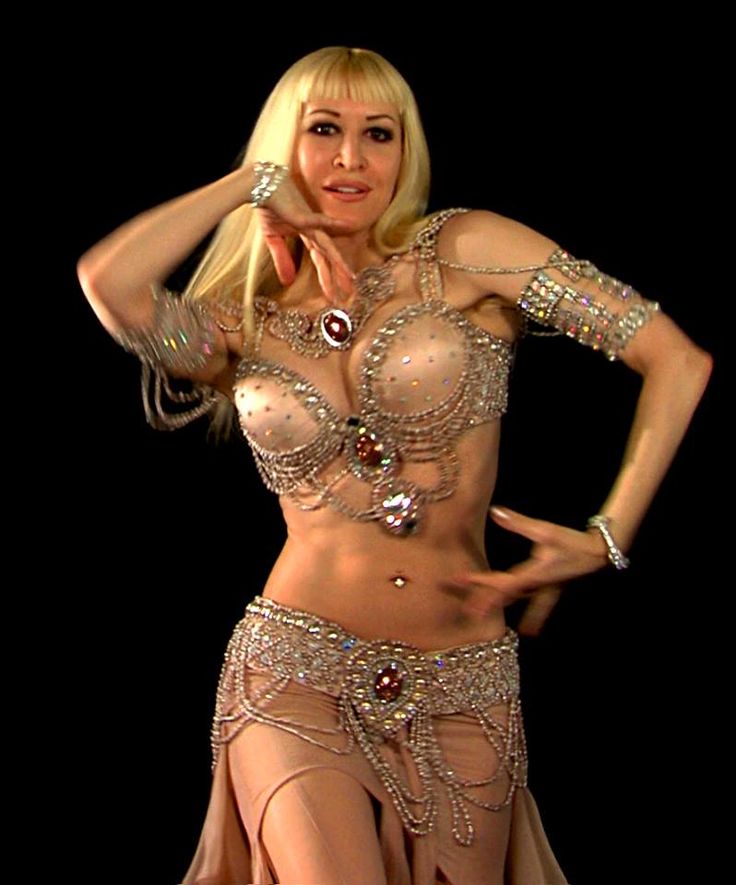
The belly dance, which is most widespread all over the world, is the work of the Turkish and Egyptian schools.
However, each dancer brings something individual and unique to her art. Even within the framework of some of the traditional schools, she can fantasize from the heart, supplement it. Usually dancers do not adhere to strict stylistic frameworks. The main thing is to express your own feelings in dance movements and get a vivid audience response.
Arabic
The classic Arabic style can showcase the kind of dance performed by the women of Saudi Arabia. However, the art of professional dancers is prohibited in this country. Sharia law does not allow such liberties. Therefore, women have fun expressing themselves in dance exclusively in their own half of the house. Arabic belly dance can only be performed for female guests and members of the household. This is, in general, a bright mixture of oriental dance techniques with a characteristic movement of the arms and hips.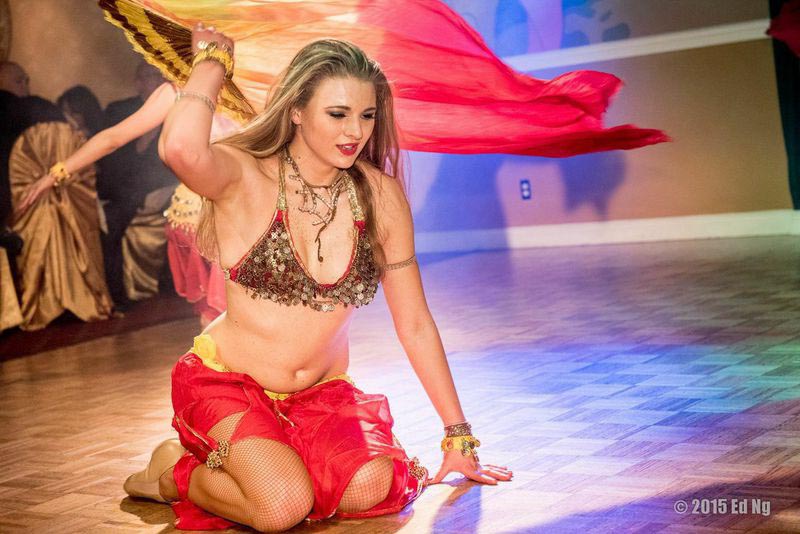 It is complemented by beautiful waves of long hair.
It is complemented by beautiful waves of long hair.
Among other schools that can be attributed to the Arabic style, one can single out the Persian-Iranian direction. It is seriously different from the traditional belly dance of the women of Arabia. Here the dancers demonstrate a sliding step, characteristic movements of the hips and chest. Also coordinated waving of arms and head with flying long hair. In general, the dance is performed very feminine and neat.
Turkish
A variety of Turkish belly dance, it is bright, cheerful and lively. Here the emphasis is on the smooth movement of the arms and a special technique performed by the hips, which is called the “deep drop”.
Accompaniment is very important in Turkish belly dance as the musicians work with the dancer in pairs. The main musical instrument in this case is a special kind of drums.
Egyptian
This is a colorful dance where the emphasis is on the movement of the hips. It is performed in a relaxed way, the dancer seems to be floating on the stage, demonstrating confidence in her own female irresistibility. The musical accompaniment is orchestral, using a bright rhythm of drums. This style is characterized by a very clear setting of the hands, simple combinations of their movements. Shaking and beautiful penetrations are also used.
It is performed in a relaxed way, the dancer seems to be floating on the stage, demonstrating confidence in her own female irresistibility. The musical accompaniment is orchestral, using a bright rhythm of drums. This style is characterized by a very clear setting of the hands, simple combinations of their movements. Shaking and beautiful penetrations are also used.
Lessons for beginners
You can try to start at home. Take advantage of video tutorials that are easy to find on the Internet. Before the start of the lesson, you should let go of the problems of today, forget about worries for a while, and devote the next half hour or hour only to yourself.
This dance is like meditation, you need to tune in to it, focus on pleasant sensations. Feel your whole body, communicate with it, merge your soul with a beautiful melody.
Here is a small step-by-step instruction:
- First you need to remember and reproduce the simplest movements, which are basic.
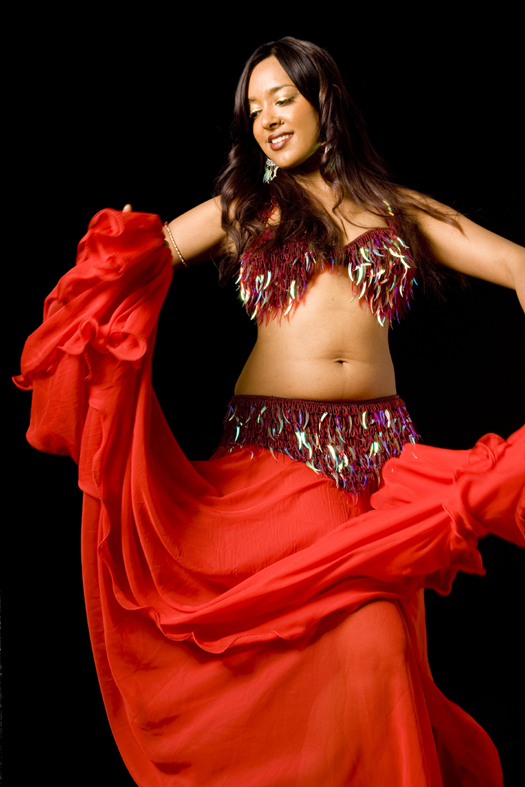 Music for belly dancing should be slow. Try to get on the beat. Only the legs, hips and arms should be involved. All other parts of the body must be kept static, motionless.
Music for belly dancing should be slow. Try to get on the beat. Only the legs, hips and arms should be involved. All other parts of the body must be kept static, motionless. - Easy to master hip movements. It is necessary to put the hands on the belt and spread the elbows. Put your feet shoulder width apart. Slightly bend your knees. Then try to raise and lower each hip in turn, while you can not move your shoulders. They must stay in line. Feet should also not be raised, the soles should constantly touch the floor. At first, the movements are performed very slowly, then their frequency is gradually increased, leading to shaking. After mastering this simple movement, you can proceed to a more complex one - try the rotation of the hips, “draw” a figure eight in the air. The combination of two mastered movements already gives rise to a beautiful dance.
- Hands should be involved in the dance only after the movement of the hips is well mastered. They can be lifted and spread apart.
 The main thing is to learn how to act in concert with both hands and the lower body. To do this, remember the rule - when the right thigh rises, then the hands should move to the left and vice versa. At the same time, the hands perform beautiful circular movements.
The main thing is to learn how to act in concert with both hands and the lower body. To do this, remember the rule - when the right thigh rises, then the hands should move to the left and vice versa. At the same time, the hands perform beautiful circular movements.
Belly dancing for beginners is not too difficult. The main thing here is to master the basics so well that you can easily build a clear drawing from them. Only after that you can move on and take on more complex ligaments and movements.
Where to buy oriental dance costumes
Belly dance clothes should emphasize every movement of the dancer. She draws the attention of the audience to the dance gesture, either wrapping around her body, or flying apart like wings.
A good suit is 50% of success, because it highlights all the advantages of the figure and hides the flaws.
- Skirts come in a variety of styles - straight, with slits or a "fish" silhouette.
 Wide, flared "sun" or "semi-sun". The waist can be either high or low.
Wide, flared "sun" or "semi-sun". The waist can be either high or low. - Wide harem pants, usually low-rise, can be with slits on the sides and must be gathered at the ankles.
- Bodice - open, fitted, embroidered with shiny accessories - beads, sequins, sequins, rhinestones. It should fit very tightly to the body, form a beautiful bust shape. Fringe is also used, both short and long, sometimes hiding the belly.
- Shoes are not required, the belly dance is usually performed barefoot. However, its modern versions, at times, can be decorated with beautiful high-heeled shoes.
Traditionally, the abdomen remains free, open. There are such types of dance in which this part of the body is covered with a veil. Sometimes the whole dress is also sewn.
One of the important elements of the costume is a scarf or belt embroidered with sparkling coins, sometimes with a long fringe. The scarf is tied tightly, and the belt is sewn on the basis of an elastic band so that it sits on the hips without moving out. The scarf is triangular or rectangular, more like a scarf. The movement of the hips causes the jingle of coins. They crumble, sparkle and draw attention to one or another dance technique.
The scarf is triangular or rectangular, more like a scarf. The movement of the hips causes the jingle of coins. They crumble, sparkle and draw attention to one or another dance technique.
The fabrics from which the suit is sewn should be light, bright, and flying. They complement the pattern of the dance, visually enhance the range of movements of the dancer. Therefore, they must be chosen very carefully.
Various attributes are also used during the performance - canes, candelabra, numerous bracelets assembled in a cascade, fans, saber. All these items give special significance to the dance being performed. The saber, for example, is a symbol of a woman's rebelliousness.
A novice dancer does not need a luxurious costume to practice. She needs tight-fitting leggings so that you can clearly see the movement of the hips and knees. You will need a comfortable bodice, a bra that does not restrict movement, does not interfere with proper breathing. If the floor in the rehearsal room is covered with a carpet, then you can dance just in socks. When a special coating is not provided, you need to purchase lightweight soft shoes with non-slip soles.
When a special coating is not provided, you need to purchase lightweight soft shoes with non-slip soles.
A scarf or belt with coins is not necessary during training. You can do without it.
Oriental dance stage costume can be purchased online by visiting well-known Chinese online stores. Specialized ateliers also sew belly dance clothes to order. Almost every such studio has its own representation on the World Wide Web.
Of course, you can try to sew a costume for belly dance yourself, but only if you have good patterns and patterns. Otherwise, you can only spoil the fabric, because it is not easy to create a stage costume on your own. Even if the dance is beautiful and the skill of the performer is at its best, a bad costume can spoil the impression.
Is it difficult to become a dancer at 30?
Is it difficult to become ...
-
It is easier for men to find a well-paid job! And we are working.
 ..
.. 461 answer
-
I don't want to work. Never
8,443 answers
-
How long have you been/are looking for a job?
4 940 responses
-
Why should a woman cook if she also works?!
2 310 answers
-
Should I look for a job with savings for 10 years ahead?
2,845 answers
-
Why is it embarrassing not to work?
4 346 answers
-
Should the state pay pensions to the self-employed?
304 answers
-
Why is it so hard to find a job now?
1,976 responses
-
Wearing jeans and a T-shirt to an interview?
335 answers
-
Why do many men want their wives to work?
2,281 responses
10 responses
Last - Go to
#1
#2
#3
And who is it more pleasant for you to look at a young girl or a thick woman?
#4
#5
9000 #6
Guest
Well, yes, I’ve seen how many such dreamers I’ve seen “I’ll do this and that, I’ll just throw off those extra pounds”))) So they throw off until retirement, and in retirement they wave their hand at dreams. ))) So, the author if you want to dance - no problem, go to study, but know that you will dance only for yourself.
))) So, the author if you want to dance - no problem, go to study, but know that you will dance only for yourself.
#7
Puree with cutlet
Belly dancing is not ballet, so there are chances, of course. Moreover, in this form, internal eroticism is important, which at the age of 30 a woman, as a rule, has more than at 20 years old. But I agree with the fourth guest about the dreamers to lose weight and start a new life. In general, the author you need to start working. Not from Monday, but directly from today, from now. Sign up for dancing and lose weight at the same time.
#8
They call themselves dancers, but in fact they twitch to
music.🤣
And you are not too late, if you wish. September 04, 2020, 18:26 We had a 36-year-old girl who danced. Just keep in mind one thing - in order to dance in restaurants, etc., you need to be able to dance. Just twitching to the music will not work)) Belly dance is not as simple as it seems)
Just keep in mind one thing - in order to dance in restaurants, etc., you need to be able to dance. Just twitching to the music will not work)) Belly dance is not as simple as it seems)
New topics per day:
-
I don’t understand how to go on maternity leave!
4 answers
-
Is work experience important when applying for a new job?
6 answers
-
How does an impressionable, vulnerable, soft guy work?
20 answers
-
Proctologists in Ufa0110
6 answers
-
Library
Girls12 answers
-
How can a girl make money now?
18 answers
-
Work destroys you, or in capitalism only bosses are good
55 answers
Popular topics per day:
-
Work destroys you, or in capitalism, only the chiefs
55 answers
-
Who to work with an impressive, vulnerable, soft greenhouse?
22 answers
-
How can a girl make money now?
18 answers
-
What are the strangest habits of your colleagues?
14 answers
-
What do you do at 20? Girls
12 answers
-
The hostess said to go out as a seller, but the goods were not considered.



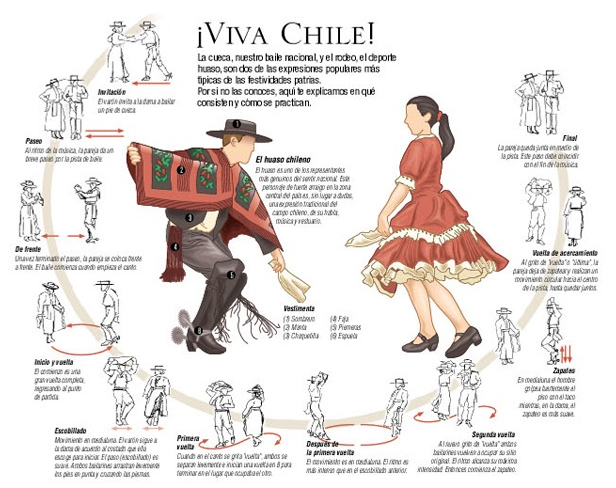





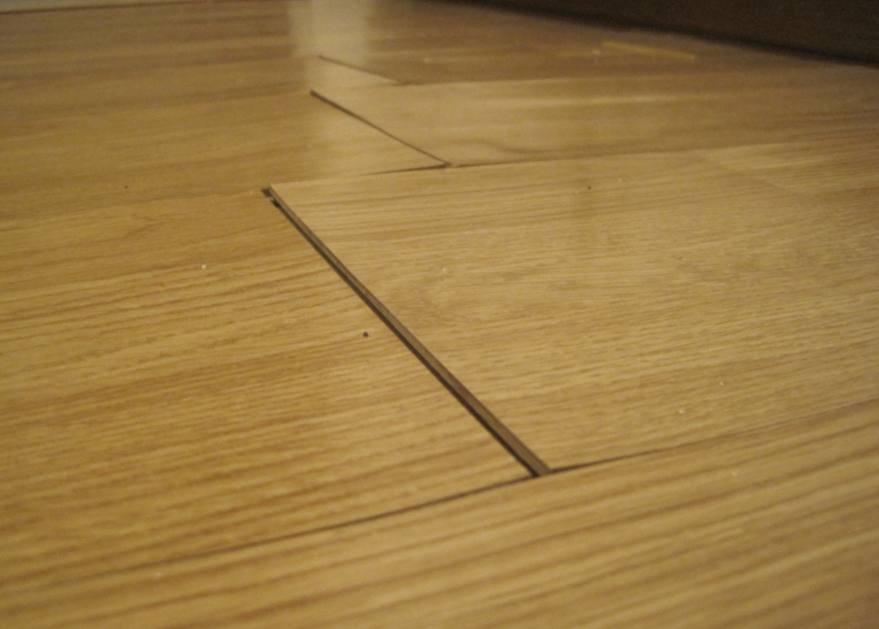
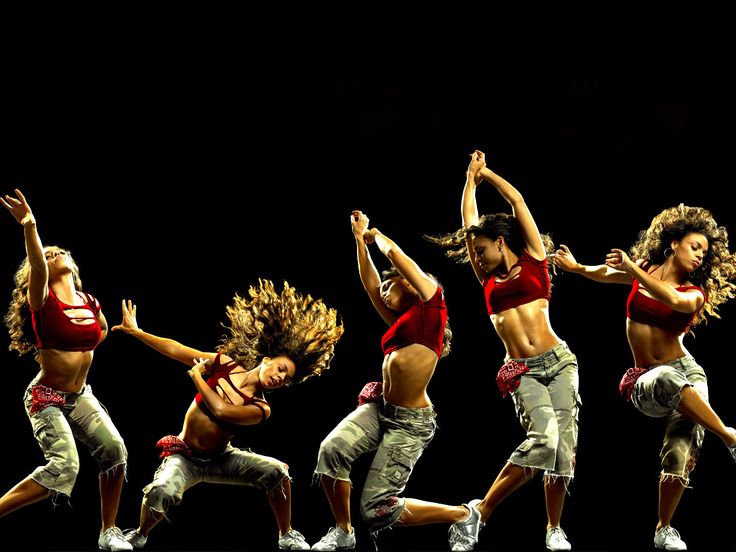
-Step-17.jpg/aid1640374-v4-728px-Shuffle-(Dance-Move)-Step-17.jpg)
